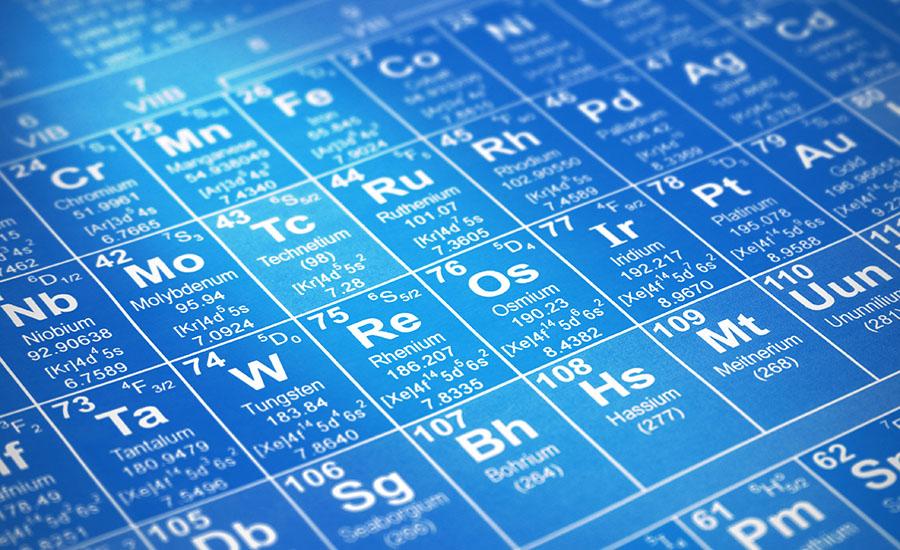
Chemiluminescence
In a chemiluminescence chemical reaction, light is generated as a product. What causes light to be generated from chemicals that interact? This chemistry lesson explores the reasons why light is generated through a review of electron movement, ion formation, photon absorption and emission, with an introduction to oxidation-reduction reactions that characterize chemiluminescence. The lesson includes a demonstration of chemiluminescence reactions. In addition to the one day lesson, there is a one day lab component in which students explore the relationship between glow stick reaction rates with temperature and external light.
Lesson Grade Level
11th GradeLesson Plan Link/URL
https://docs.google.com/presentation/d/1M72zjMfK4rtyo-giLdaNwq7dS1KpdLMI/edit?u…Related Content

What does polarized light mean? How can some light waves be blocked while other light waves are transmitted? This lesson plan explores the phenomenon of polarized light and how light waves interact

How do light rays reflect and refract? Does light travel at different speeds in different mediums? This lesson reviews how light waves can be reflected and refracted, and how light waves can change

This set of lessons allows students to model the decay chains of radioactive isotopes and relate the mathematical patterns and scientific concepts together in a innovative and interactive way.